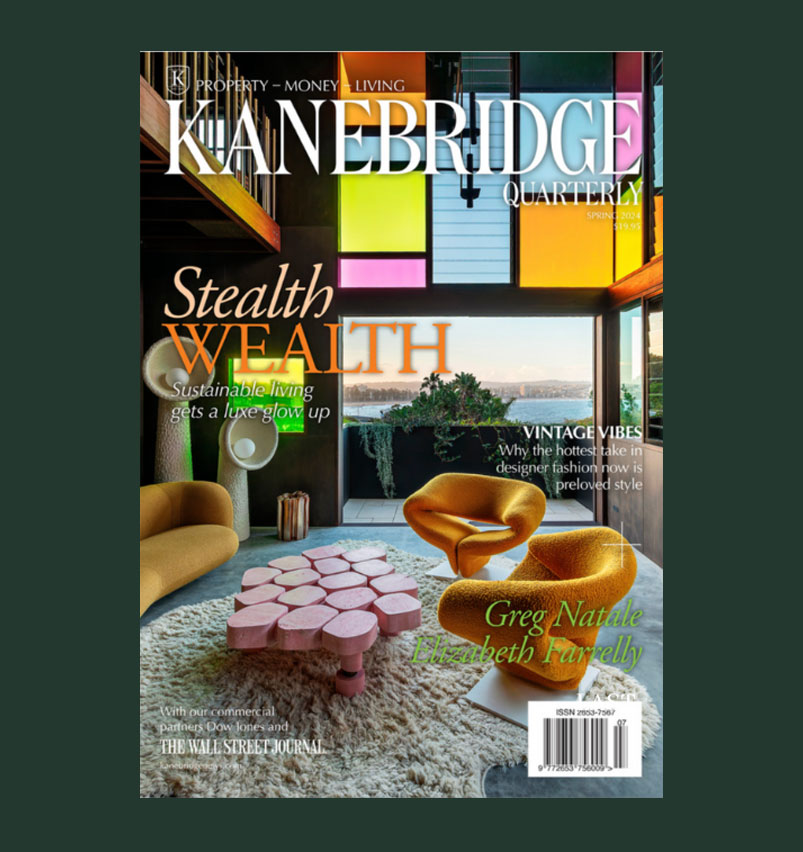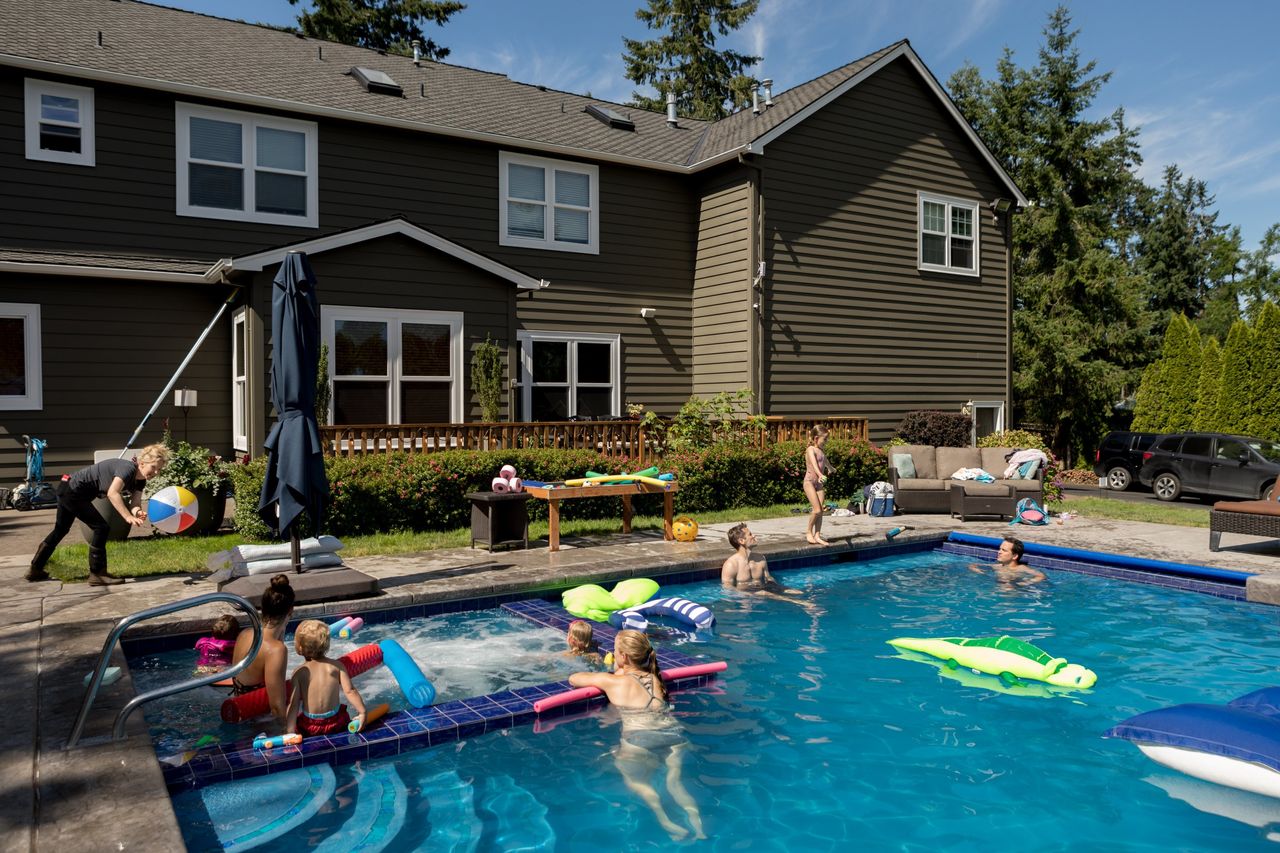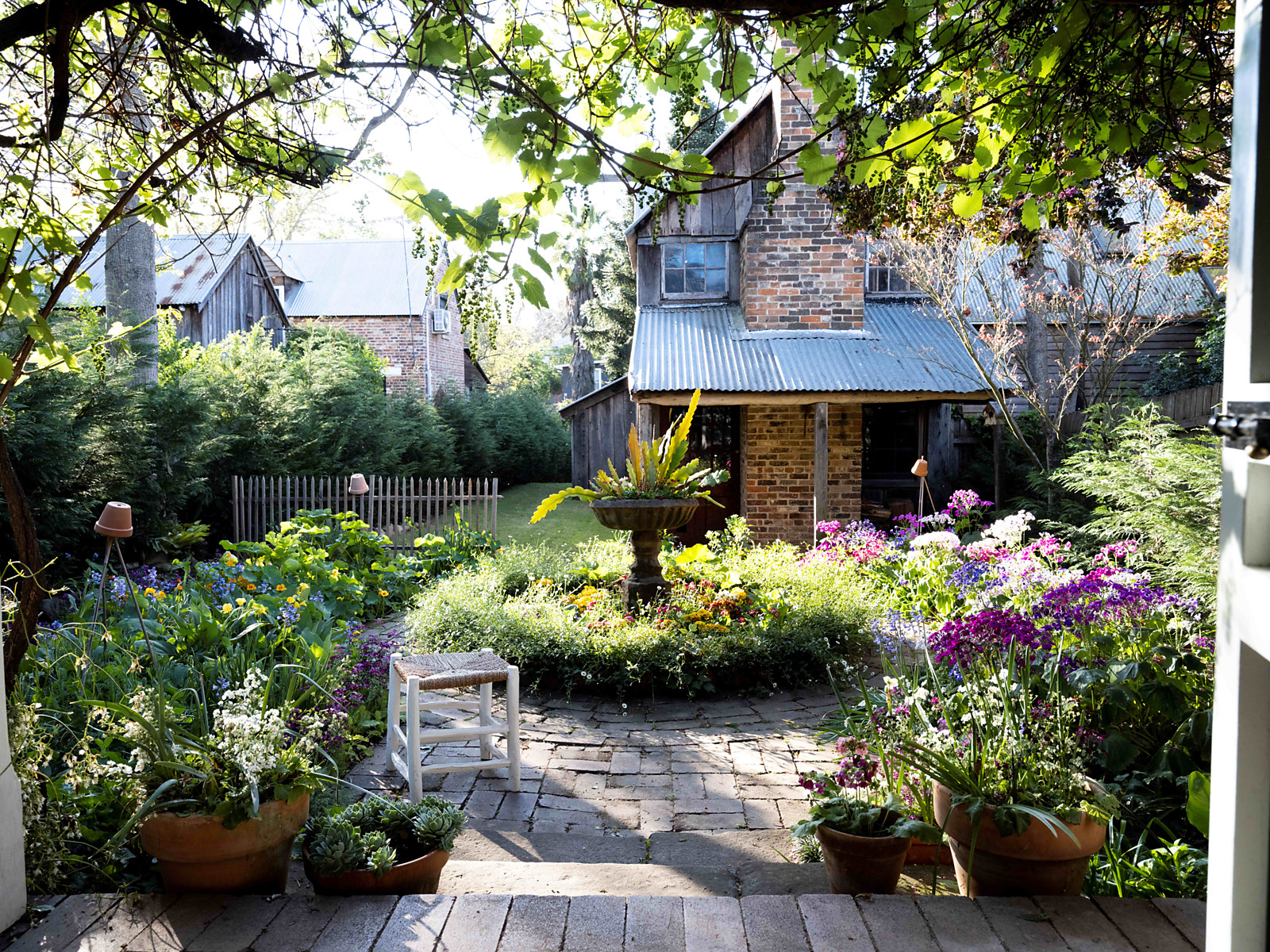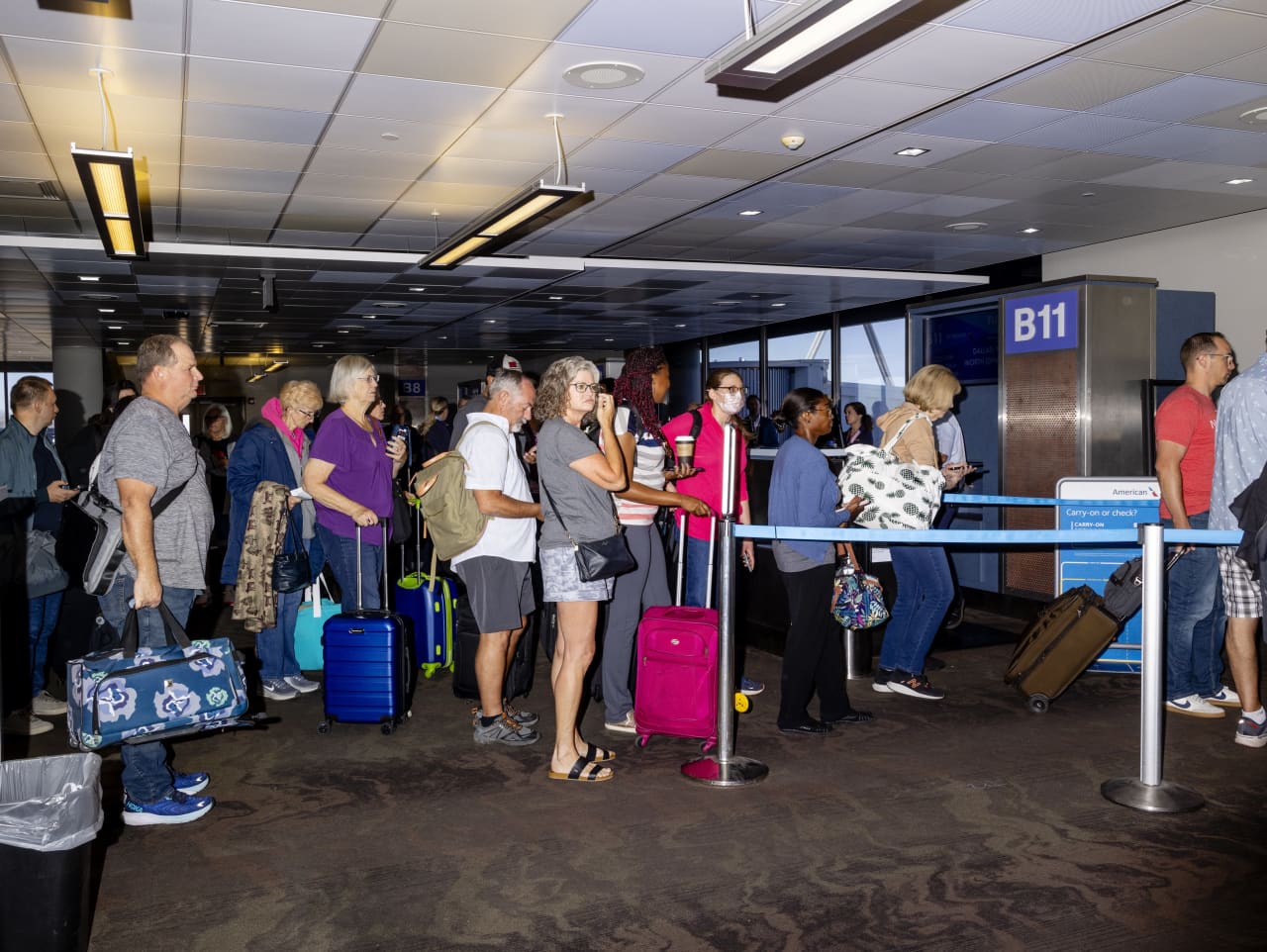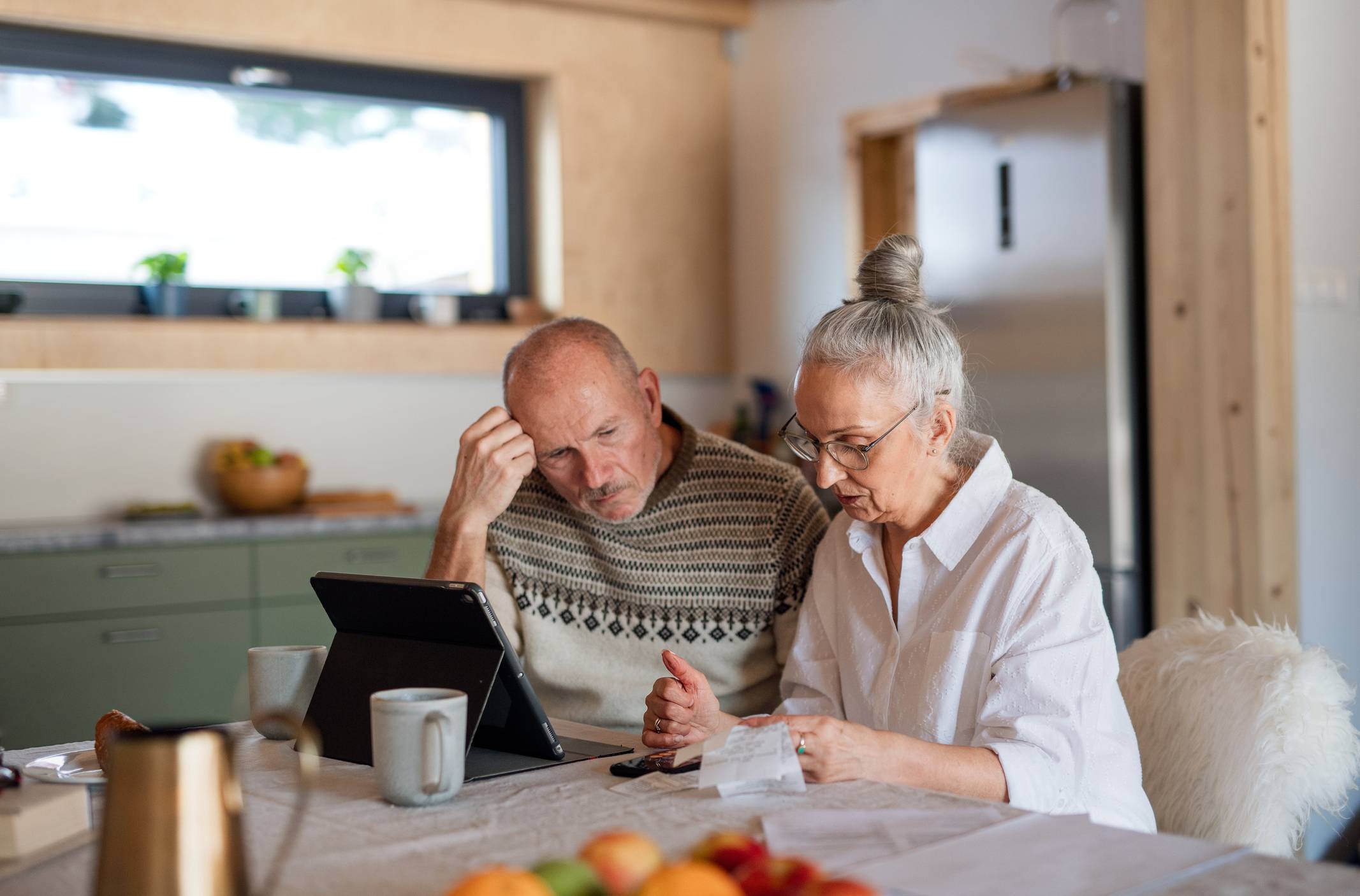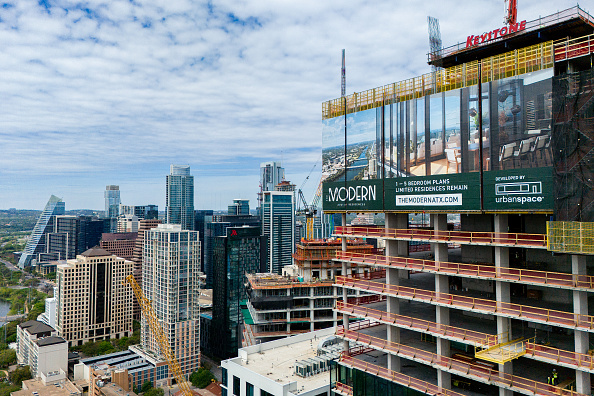An ‘Airbnb for Pools’ Is Making A Splash
Swimply reports surge in demand amid pandemic, rising pool-chemical costs.
Jim Battan’s tree-lined swimming pool at his home outside Portland, Ore., had been sitting untouched since his youngest daughter moved out two years ago. Then in September, he listed it through an online platform for renting private pools.
He booked the pool three times within the first two hours, and says he has hosted 2,700 guests in less than a year. Mr. Battan expects to have earned $111,000 by the end of the summer, which would just cover the $110,000 he and his wife spent on the custom-built pool eight years ago.
“I thought, ‘Wow, that’s weird,’ ” Mr. Battan said. “It’s nice to feel like we didn’t have to spend all $110,000 for nothing.”
He is one of 13,000 pool owners in 125 markets across the U.S., including cities like Los Angeles and Austin, Texas, who are cashing in on their underused pool by listing with the company Swimply, which some media reports have dubbed the “Airbnb for backyard pools.”
Swimply said its pool owners have made about 122,000 bookings since the start of 2020. Business began picking up before the Covid-19 pandemic, but it boomed during the health crisis as public pools closed and people sought to make extra cash or safely gather after months of lockdown.
“We’ve seen a lot of families [and friends] rekindling with Swimply,” said Bunim Laskin, Swimply co-founder and chief executive.
Hosts on average earn between about $5,000 and $10,000 a month, according to Asher Weinberger, Swimply co-founder and chief operating officer. Most pool owners charge between $35 and $50 an hour, while Swimply collects 15% from the hosts and another 10% from the guests.
Some of the hosts’ earnings help pay for costs related to pool maintenance, which have jumped during the pandemic because lockdowns and business slowdowns disrupted the pool-chemical supply chain. Mr. Weinberger said he now spends $85 a week on chemicals and servicing his pool, up from $45 before the pandemic.
“It’s a hunt for chlorine at the best price,” said Shanon Zoeller, a Swimply host in Oklahoma City, who said he has made $10,000 since he started renting out his pool last June.
Most swimmers are local families, Mr. Weinberger said. Bookings on average run five to seven people. Hosts choose their rental rate, upload photos of their pool and list amenities, such as a barbecue grill or sound system.
It’s not a party for the pool owners. Rather, hosting is “an amazing amount of work,” Mr. Battan said. Most days he wakes up at 5 a.m. to skim the water of leaves. His wife cleans the pool-house bathroom and lays out rows of pool toys before each booking.
Swimply isn’t the only pool in town. Peerspace, a marketplace for booking film-production locations and event venues, offers thousands of spaces with swimming pools at hourly rates.
“With the heat rising, we see lots of demand for outdoor spaces, many of which have pools,” said Matt Bendett, Peerspace co-founder and vice president of operations.
Short-term rental companies like Airbnb Inc. and vacation-home rental firms including Expedia Group’s Vrbo also rent homes with pools by the day.
Like Airbnb and its industry peers, Swimply has to navigate safety and liability concerns. A swimmer could drown or rowdy guests might cause property damage.
To mitigate those risks, about 80% of the company’s hosts opt to stay home while guests are using their pool, Mr. Weinberger said. The company also has in place host liability insurance for as much as $1 million and a property-damage-protection policy.
Mr. Battan said he hasn’t had a serious problem arise while renting his pool, but he still prefers to be home during bookings. “There are too many risks with unattended guests,” he said, referring to “horror stories” of underage drinking and noisy events.
Next month, Mr. Zoeller is hosting a nearly 40-person pool party. He said enforcing rules about street parking and loud music has kept his neighbours happy.
“The worst thing that’s happened is I found two beer cans in the skimmer once,” Mr. Zoeller said.
Reprinted by permission of The Wall Street Journal, Copyright 2021 Dow Jones & Company. Inc. All Rights Reserved Worldwide. Original date of publication: July 20, 2021
 Copyright 2020, Dow Jones & Company, Inc. All Rights Reserved Worldwide. LEARN MORE
Copyright 2020, Dow Jones & Company, Inc. All Rights Reserved Worldwide. LEARN MORE
This stylish family home combines a classic palette and finishes with a flexible floorplan
Just 55 minutes from Sydney, make this your creative getaway located in the majestic Hawkesbury region.
In a post pandemic environment, Australian workers are voting with their feet and skipping the office in favour of other, more appealing environments
From the latest issue of Kanebridge Quarterly magazine. Order your copy here.
For many, working from home is the new normal. The transition from being based in the office to working off-site has been a fundamental one, and almost four in 10 Australians worked from home at least once a week throughout 2023.
While figures show a slight decrease on 2021, working from home (WFH, it even has its own acronym) has continued to escalate in white-collar occupations, with 60 percent of managers and professionals eschewing the traditional office set-up. And those who aren’t already doing it wish they were. According to the annual Taking the Pulse of the Nation report, almost all workers (94pc) would like to do at least part of their work hours at home.
“I would say that the days of only full-time in the office for all employees are likely gone for good,” says the author of the report, the Melbourne Institute’s Professor Ragan Petrie.
“The trends in Australia mimic those in other countries where hybrid schedules are quite common.”
But is it all good news? Among the many compelling reasons to ditch the commute — saving time, improved mental health, higher productivity and being able to put the washing on — there are the well-documented shortcomings regarding the isolation, and missing out on the opportunities that those casual catch ups in the stairwell can offer.

“Constant drop-bys for chit-chat are not productive, but purposeful conversations are,” counters Petrie. “There might not be shortcomings of working from home per se, but rather not having the right infrastructure and support in place for workers to be productive. It’s important for employers and workers to figure this out.”
For those who are new to the workforce, flexible working arrangements are just the way things are. According to one survey, two out of every three Generation Z workers believe that the option to work from home is a non-negotiable.
Underpinning the normality of remote work are the advancements in automation and technology that make the transition smoother than ever — and perhaps support the use of email and text over the meetings and phone calls that younger generations shy away from.
“People of different ages have differential experience with technology, and there are some ways of communication people may feel more comfortable with than others,” says Petrie. “Certainly, technology plays a large role. Those whose jobs allow them to tap into technology to perform their tasks are well poised to be successful with a hybrid schedule.
“In the end, if worker output is satisfactory, why is it important where it is done?”
At the start of the pandemic as office-goers scrambled for a space to call work, the kitchen table was the go-to location. Now working remotely has become a more permanent arrangement, a purpose-designed study area or hybrid space is as desirable in real estate brochures as a media room or butler’s pantry.
Roger Wardy is a director at Ray White Touma Group in inner city Sydney, where more than 100,000 office employees have left the CBD for the greener pastures of remote work arrangements.
“Most house hunters want to see a home office or office space these days, and in larger homes it’s an expectation,” he says.
“As such, we’d be more likely to market a six-bed home as a five-bed plus office. If a buyer works from home, that will definitely add value.”
But the home office is just the beginning. Having paved the way for more flexible work arrangements, there’s now a growing trend towards co-working environments for companionship, productivity and a delineation of work and home.
High-tech co-working spaces offer several advantages over working from home, making them the preferred choice for many. A professional environment means distractions are minimised, and you’ll have access to state-of-the-art amenities that you probably won’t have at home. And then there are those networking opportunities — co-working spaces attract a diverse group of professionals and who knows what you might find out at the communal coffee bar? It’s something that’s making its way up the agenda for apartment developers, too, with those on the front foot offering co-working spaces along with the pool, gym and rooftop entertaining.
At the luxury new development Paradiso Place in Surfers Paradise (pictured above), the entire 2900sqm 26th floor is dedicated to a state-of-the-art co-working space, maximising 360-degree views of the Gold Coast from the ocean to the hinterland.
“To have the option of working in a space like this with all the facilities of a high-tech office within your own apartment building is an exciting prospect for buyers,” says Total Property Group Managing Director Adrian Parsons. “We have been receiving a great deal of interest in this development from business owners, entrepreneurs and professionals who can see themselves waking up in their luxury apartment with ocean views to go for a walk or run along the beach, use the onsite gym, then conveniently head to work in a state-of-the-art co-working space within their own building.”
The space incorporates a boardroom, private meeting rooms, work pods and multiple hot desks. And it’s not all about focused work; there’s also a spacious balcony event space and a Coffee Emporium complete with baristas.
“With working from home becoming the new normal, we are seeing many Australians choosing to move to quality lifestyle locations like the Gold Coast, and a full-floor co-working space of this standard is attracting a high level of inquiry,” says Parsons.
This stylish family home combines a classic palette and finishes with a flexible floorplan
Just 55 minutes from Sydney, make this your creative getaway located in the majestic Hawkesbury region.



